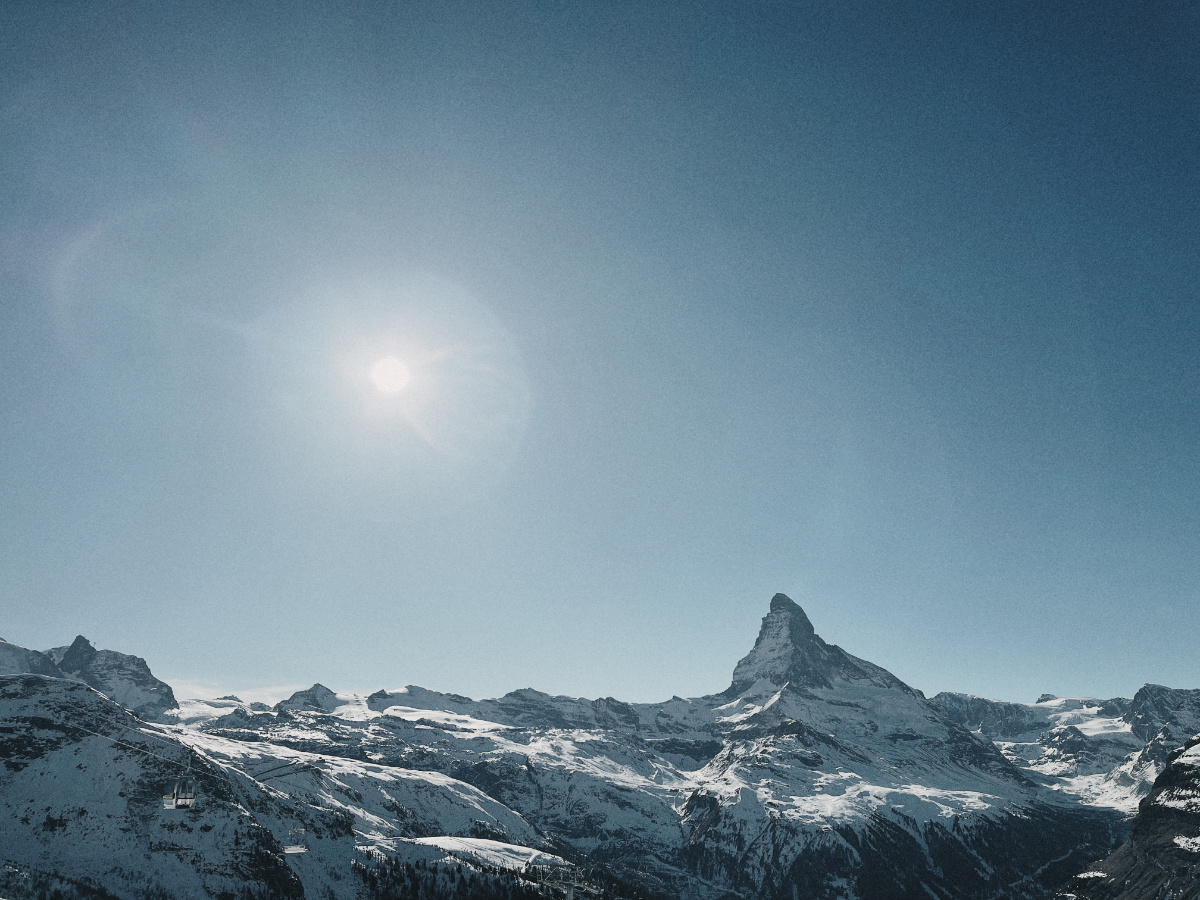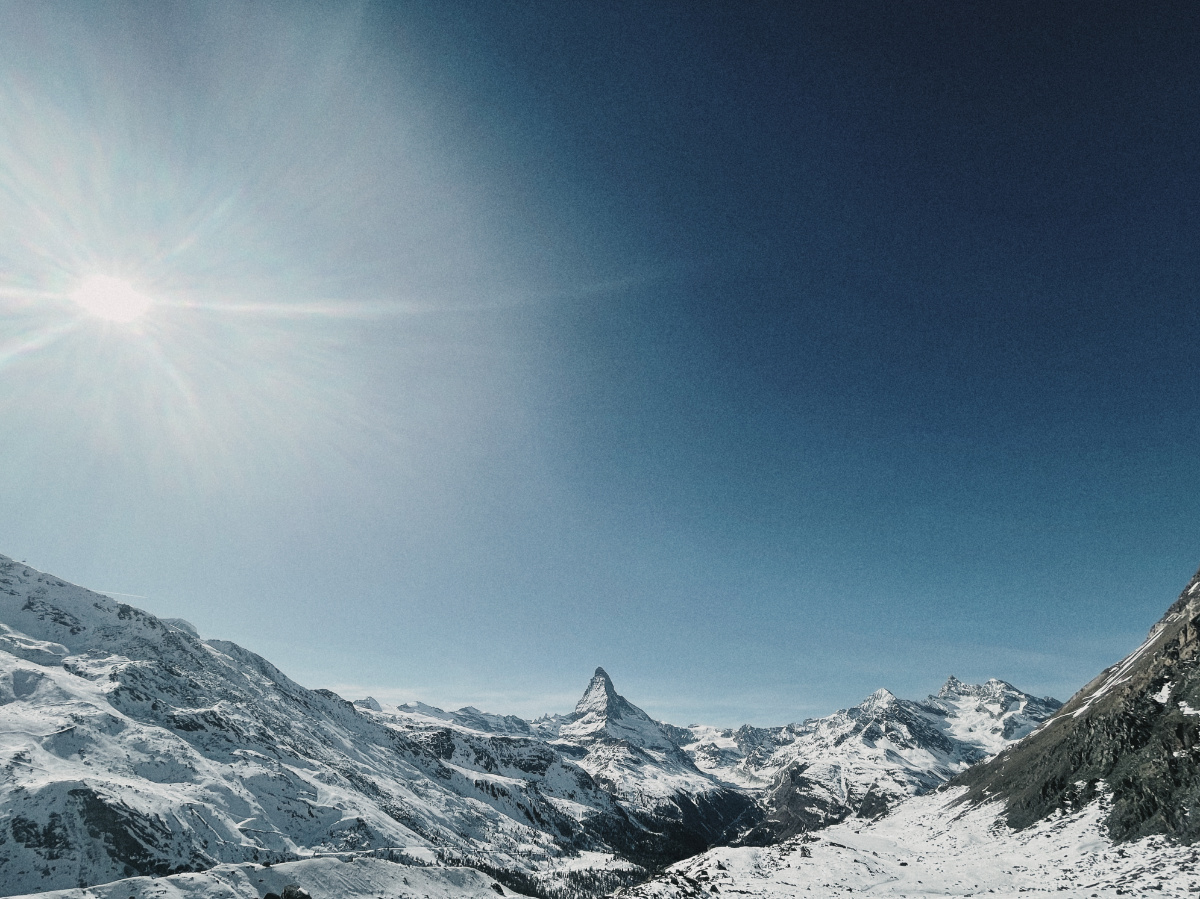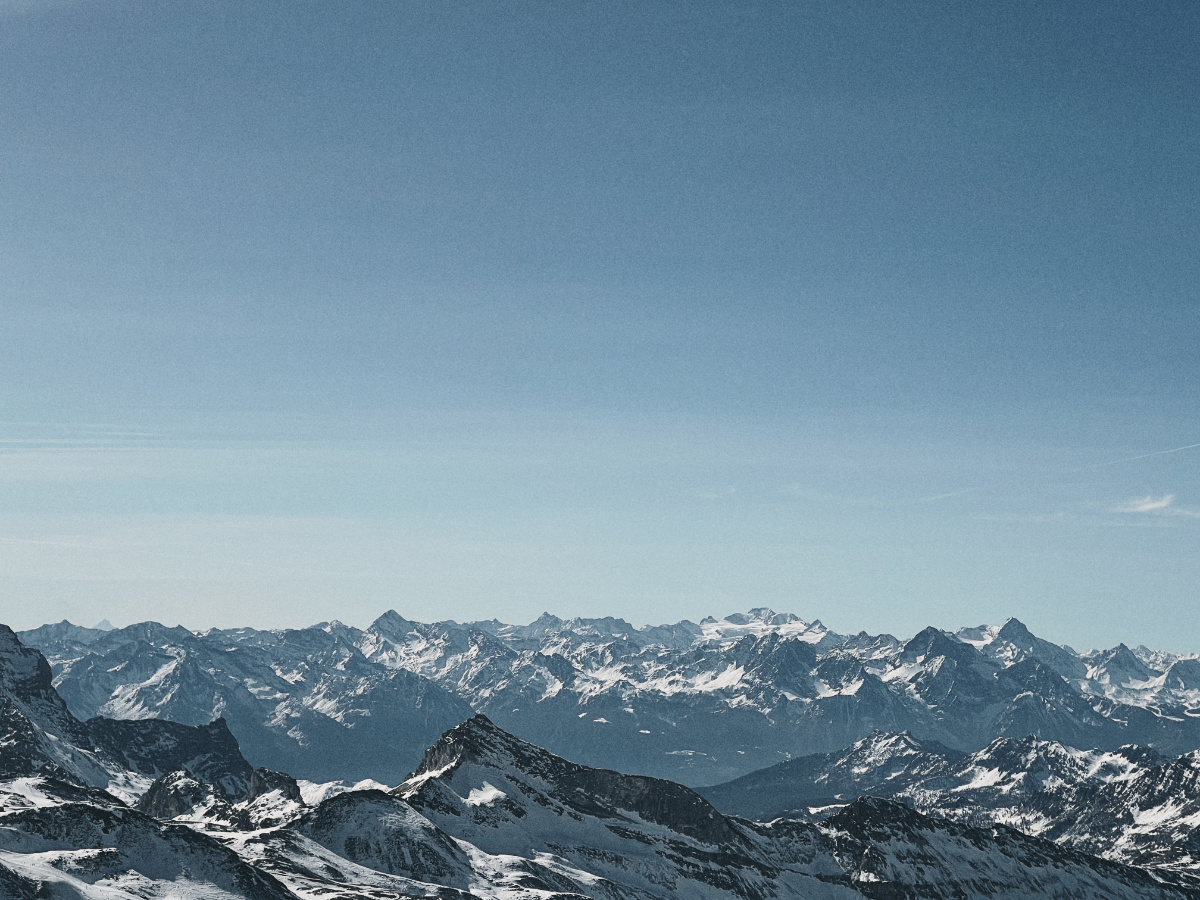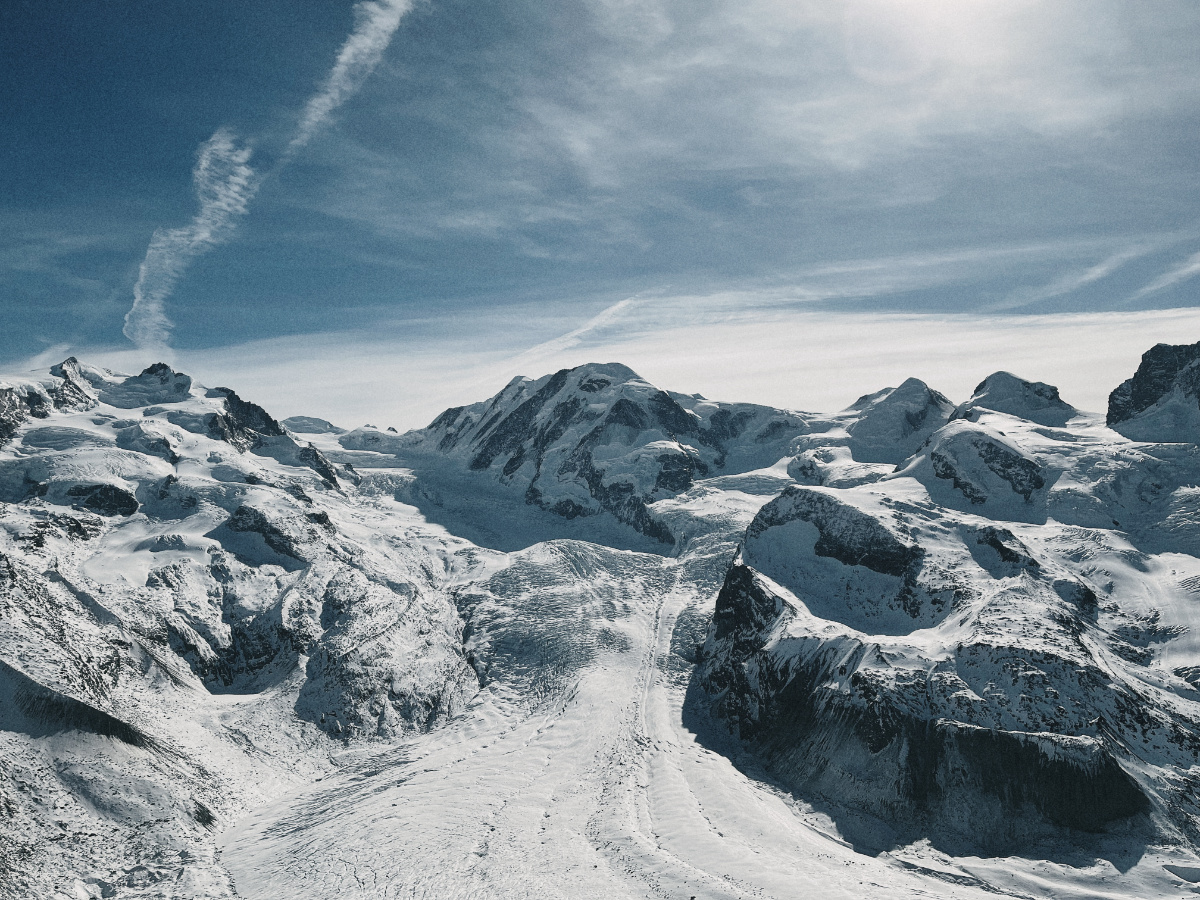Vulnerability
Mountains are incredible. They have always been there since the beginning of time. They will always be there until the end of time. They don’t change. They are eternal. In fact there are only a few places left where you can think of planet earth as something that is stable and reliable. Stable like a rock, durable like a stone.
Mountains are hard to reach, there are many obstacles on the way up, the conditions are rough, the local climate is all too often a mixed bag, at best. Maybe therefore mountains are still places of solitude and contemplation.
 1/10000 s, f/1.6, ISO 32, 26 mm, iPhone 12 Pro Max
1/10000 s, f/1.6, ISO 32, 26 mm, iPhone 12 Pro Max
It’s hard to stand on top of a mountain and not to feel amazed, fascinated, intimidated and thankful. Your mind and soul start to feel overwhelmed by thousands of very basic questions turning into deeper thoughts about ourselves, about humanity, about nature, maybe even about God. There might be a reason why every significant summit seems to be equipped with some sort of cross or other religious symbol. A little bit of heaven on earth.
So far there are no news. All these impressions have always been like that, they’ve been the same for thousands of years, way longer than anyone of us can think back. So it’s hard to accept that change is even happening up here, in the regions of eternal ice and snow. You might think what forces on earth are strong enough to change a mountain, change this given and incredibly mighty landscape of impressive ups and downs. You might think that of course now people are climbing on the top of Mount Everest like ants. But it’s only very local, right? You might think that millions of skiers and snowboarders demand easy access to their slopes and ski runs and thousands of ski lifts and snow cannons needed to be installed to keep big tourism going. You’re not wrong, but compared to the vastness of these mountainscapes even high capacity cableways look tiny and cute from a distance, right?
 1/1916 s, f/2.4, ISO 25, 14 mm, iPhone 12 Pro Max
1/1916 s, f/2.4, ISO 25, 14 mm, iPhone 12 Pro Max
The one terrifying thing I learned this year is that climate change can happen right in front of your eyes, that it can become visible and tangible. Scientists tell us about this rapid change over and over again and they do it for decades now. “The Limits of Growth” report commissioned by the Club of Rome dates back to 1972, these are more than 50 years now, that’s half a century! But obviously it’s one thing to read and hear about a thing or to actually experience it with your own eyes, your own hands, your own skin. We still inhabit planet earth like tiny ants. But we are many and we become more and more. And we don’t live in anthills anymore, we don’t just walk anymore and we don’t cultivate and eat just mushrooms anymore. We have transformed. We have become a different species, we’ve become technologically upgraded, we’ve become “Borgs” but not in the Star Trek universe but here on planet earth in 2023. And we not only exhale CO2 anymore, we produce it in gigatons. Everywhere. It’s impressive what we have achieved, how far we have come, but the consequences are now undeniable and intimidating.
 1/3650 s, f/2.2, ISO 25, 64 mm, iPhone 12 Pro Max
1/3650 s, f/2.2, ISO 25, 64 mm, iPhone 12 Pro Max
And those consequences seem to become most prominent in the most distant and most fragile regions of the world first. Look at Antartica, look at the deep sea, look at the tundra and finally look at those high altitude regions of the mountains. That’s where the glaciers are, or better, where they used to be. Today’s look at these structures of white snow and twinkling blue ice that are millions of years old is incredibly heartbreaking. Their losses over the last couple of years are not only visible, they are gigantic, catastrophic. I’ve never in my whole life have experienced the mightiness of mankind in such a manifest way. “Wow, we are mighty indeed” and “wow, we are so doomed” are those two thoughts that have flashed through my brain simultaneously while looking down on the Gorner Glacier, the Theodul Glacier and the Findel Glacier, all in the area of Zermatt, Switzerland, in February 2023.
 1/12048 s, f/1.6, ISO 32, 26 mm, iPhone 12 Pro Max
1/12048 s, f/1.6, ISO 32, 26 mm, iPhone 12 Pro Max
I’ve taken pictures, sure, now and some a couple of years back. You can look at them. On your tiny phone screen. Sure, you might identify some changes. But I’m not even sure if those changes you might experience are really part of the bigger problem or are just artifacts of different seasons or different snow conditions. You always will find excuses, right? But believe me, looking at a photograph is one thing, standing up there and almost physically feel the immense amount of weight of these streams of blue and heroic ice folding and bending like cardboard is something completely different.
The pictures I decided to include here prove nothing. They are a beautification of the world I was surrounded by at a given moment in time. I show them here to raise awareness that beautiful things exist and that some of them (all of them) need protection. We are a beautiful race, attracted and driven by beauty. It’s hard to name other values that create more propulsion and drive. Beauty is part of our core identity. So if we don’t stand up and become active because we should maybe it’s easier to stand up and advocate for things we actually want.
I’m incredibly thankful that I was able to be there, that I was able to look at something that will change the world, probably for forever. I’m thankful for this opportunity. But I know that not all people in the world will be able to do the same trip, that they simply can’t experience what I saw for a variety of reasons. And it’s exactly their voices that will matter in the end. So this short text, these photos are for them, for you, out there in the midst of an artificial anthill. Let’s try changing the world. Again. And together.